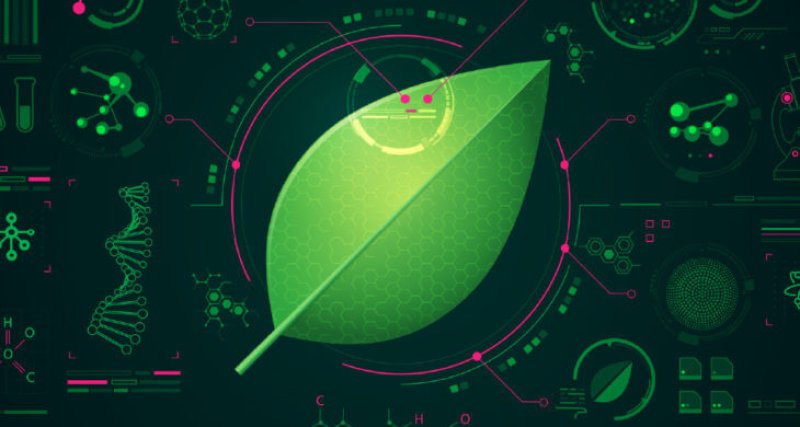CRISPR technology is a major technological breakthrough compared to the genome modification technologies that preceded it; developed then published by Emmanuelle Charpentier and Jennifer Doudna in the international journal Science in 2012.
They received for this discovery, in a record time (only eight years) the Nobel Prize in Chemistry in 2020! This shows the importance of this innovation.
The European legislative framework… considers that GMO regulations must be applied to products obtained by CRISPR. This in fact amounts to preventing de facto its development in the EU because this regulation, which dates from 2001, has become obsolete due to the advances in scientific knowledge that have been made over the past 20 years.
…
The CRISPR technique has many agronomic applications… which will revolutionize the agriculture of tomorrow in terms of phytosanitary inputs and fertilizers.
There are also applications to improve the health of cultivated plants (increase resistence to diseases or pests) but also to modify the composition of harvested plants such as tomato biofortified in GABA (γ-aminobutyric acid), a neuromodulatory amino acid that has a relaxing and reduces blood pressure, or even Innate® potatoes with a lower acrylamide content which, when heated (when making French fries, for example) turns into a carcinogenic product!
[Editor’s note: This article was originally published in French and has been translated and edited for clarity.]































